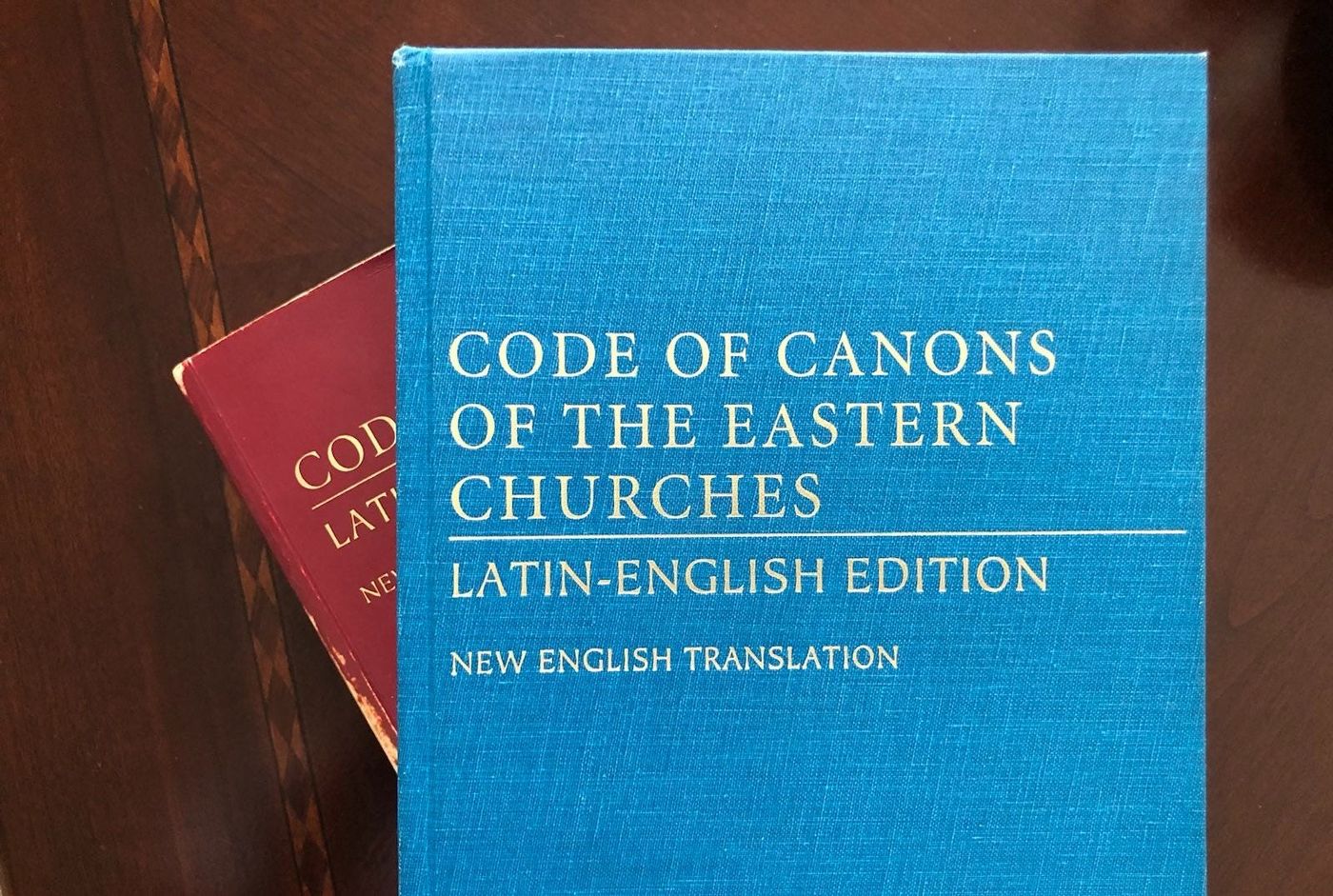
What is the Code of Canons of the Eastern Churches? The Code of Canons of the Eastern Churches (CCEO) is a comprehensive set of laws governing the Eastern Catholic Churches. These churches, while in communion with the Pope, maintain their own distinct liturgical practices and traditions. The CCEO was promulgated by Pope John Paul II on October 18, 1990, and it aims to preserve the unique heritage of the Eastern Churches while ensuring unity within the Catholic Church. This code addresses various aspects of church life, including sacraments, clergy, and administration. Understanding the CCEO helps appreciate the rich diversity within the global Catholic community.
What is the Code of Canons of the Eastern Churches?
The Code of Canons of the Eastern Churches (CCEO) is a comprehensive collection of laws governing the Eastern Catholic Churches. These churches, while in full communion with the Roman Catholic Church, have their own distinct traditions and practices.
- The CCEO was promulgated by Pope John Paul II on October 18, 1990.
- It consists of 1546 canons, divided into 30 titles.
- The code aims to respect the traditions and autonomy of the Eastern Catholic Churches.
- It was the first unified code for all Eastern Catholic Churches.
- The CCEO is written in Latin, the official language of the Catholic Church.
Historical Background of the CCEO
Understanding the historical context of the CCEO helps appreciate its significance. The Eastern Catholic Churches have a rich history that predates the schism between the Eastern Orthodox and Roman Catholic Churches.
- The Eastern Catholic Churches trace their origins to the early Christian communities in the Eastern Roman Empire.
- They follow various liturgical rites, including the Byzantine, Alexandrian, and Armenian rites.
- The schism of 1054 led to the separation of the Eastern Orthodox and Roman Catholic Churches.
- Some Eastern Churches reunited with Rome over the centuries, forming the Eastern Catholic Churches.
- The CCEO was developed to provide a unified legal framework for these diverse communities.
Structure and Content of the CCEO
The CCEO is meticulously organized to cover various aspects of church life, from governance to sacraments. Each title addresses specific areas, ensuring comprehensive coverage.
- Title I deals with the rights and obligations of the Christian faithful.
- Title II focuses on the hierarchical constitution of the churches.
- Title III addresses the teaching function of the church.
- Title IV covers the sanctifying function, including sacraments and liturgical celebrations.
- Title V discusses temporal goods and their administration.
Unique Features of the CCEO
The CCEO has several unique features that distinguish it from the Code of Canon Law used by the Latin Church. These features reflect the distinct traditions and practices of the Eastern Catholic Churches.
- The CCEO allows for married priests, a tradition in many Eastern Catholic Churches.
- It emphasizes the collegial nature of church governance, with synods playing a significant role.
- The code respects the autonomy of individual churches, allowing them to maintain their own liturgical and disciplinary traditions.
- It includes provisions for the establishment and governance of patriarchal, major archiepiscopal, and metropolitan churches.
- The CCEO provides guidelines for ecumenical relations with the Eastern Orthodox Churches.
The Code of Canons of the Eastern Churches is a vital document that ensures the unity and diversity of the Eastern Catholic Churches. Its comprehensive nature and respect for tradition make it a cornerstone of Eastern Catholic life.
Final Thoughts on the Code of Canons of the Eastern Churches
Understanding the Code of Canons of the Eastern Churches offers a glimpse into the rich traditions and legal frameworks guiding Eastern Catholic Churches. These canons ensure unity while respecting the unique liturgical and cultural practices of each church. They address everything from sacramental practices to administrative structures, providing a comprehensive guide for clergy and laity alike.
By studying these canons, one gains insight into the balance between tradition and modernity within the Eastern Catholic Churches. This code not only preserves ancient customs but also adapts to contemporary needs, ensuring the faith remains vibrant and relevant.
Whether you're a scholar, a member of the Eastern Catholic Church, or just curious, these canons reveal a fascinating aspect of church law and tradition. Dive into this world and discover the depth and beauty of Eastern Catholicism.
Was this page helpful?
Our commitment to delivering trustworthy and engaging content is at the heart of what we do. Each fact on our site is contributed by real users like you, bringing a wealth of diverse insights and information. To ensure the highest standards of accuracy and reliability, our dedicated editors meticulously review each submission. This process guarantees that the facts we share are not only fascinating but also credible. Trust in our commitment to quality and authenticity as you explore and learn with us.


